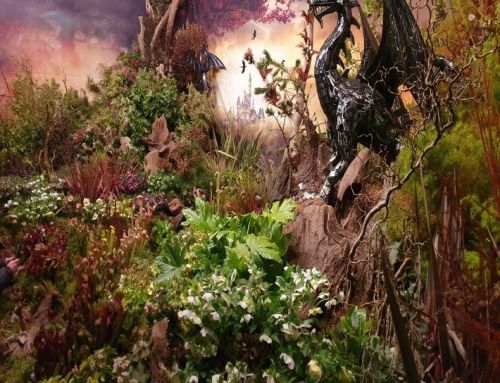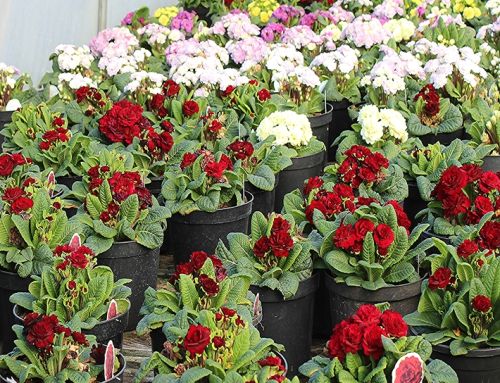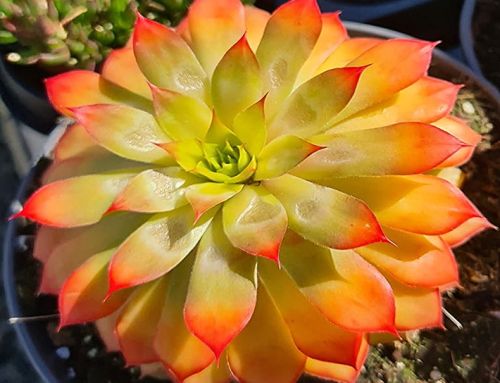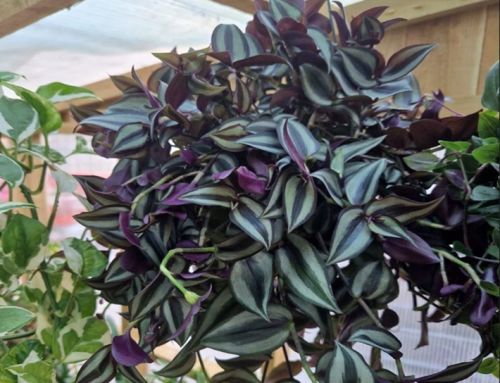Go wild in your garden!
Whether your garden is large or small, lawned or yard it is possible to create a natural haven for attracting wildlife.  With so many native species in decline, we can manage our gardens to benefit wildlife as well as ourselves. Some of our favourites that we see daily at the nursery are Bees, Butterflies and Birds, but we mustn’t forget about Hedgehogs, Bats, Frogs and Newts etc. that help us in the garden by getting rid of some of the pests that like to nibble on our plants.
With so many native species in decline, we can manage our gardens to benefit wildlife as well as ourselves. Some of our favourites that we see daily at the nursery are Bees, Butterflies and Birds, but we mustn’t forget about Hedgehogs, Bats, Frogs and Newts etc. that help us in the garden by getting rid of some of the pests that like to nibble on our plants.
Why is Biodiversity so important to life on Earth?
Biological diversity or biodiversity for short refers to the incredibly rich variety of life on earth. Encompassing all bacteria, insects, plants, animals, humans and more. It functions as a network between all life forms as they interact with each other. Taking place as part of an ecosystem, either regionally or globally, it is the diversity that allows these ecosystems to function. Remove something from it and the network begins to breakdown. Human encroachment over the last 50-70 years has been swift and damaging and does not just affect the natural world. Long-term losses of biodiversity can endanger access to essentials like drinking water and medicines, and an effect on human health and economic prosperity.
Bees
Bees are awesome! These busy little bees are responsible for pollination and believe it or not but 90% of wild plants  and 75% of leading global crops depend upon them! In addition, crops that depend on pollination are five times more valuable than those that do not. We need bees and other animal pollinators to survive, so it makes sense that we should all do our bit to create habitats that will attract them into our gardens. The decline of bees is due to the decline of flower rich habitats.
and 75% of leading global crops depend upon them! In addition, crops that depend on pollination are five times more valuable than those that do not. We need bees and other animal pollinators to survive, so it makes sense that we should all do our bit to create habitats that will attract them into our gardens. The decline of bees is due to the decline of flower rich habitats.
There are many ways to attract them, and we can all do our bit to help them regardless of the size of your garden. Nature has the amazing power to heal itself with our help, and that is what rewilding is all about; restoring ecosystems to the point where nature can take care of itself and restoring our relationship with the natural world. We can do this by creating meadows, sowing wildflower seeds even in urban areas to create areas that are rich in pollen and nectar, or even a window box or container. You see we can all do our bit to help our stripy little friends.
 Did you know that we can help tired bees? By mixing equal parts sugar and warm water and putting it on a spoon or bottle cap near the head of a tired bumblebee and it should stick out its proboscis to drink, it will warm it up and re-energise it for its onward journey.
Did you know that we can help tired bees? By mixing equal parts sugar and warm water and putting it on a spoon or bottle cap near the head of a tired bumblebee and it should stick out its proboscis to drink, it will warm it up and re-energise it for its onward journey.
If you observe Bees carefully you may spot them doing a little dance called the ‘waggle dance’ it’s not a dance at all but a clever way of communicating between themselves to let their nestmates know where to find the best source of food. I said they were awesome, didn’t I?
Butterflies
The UK has 59 species of butterfly, 57 resident species and 2 regular migrants (the Painted Lady & Clouded Yellow).  Unfortunately, 3⁄4 of butterfly species are in decline in the UK, by providing the right much-needed habitat we can help reverse the decline of these colourful little visitors. Butterflies are quite fond of the following plants; Buddleia, known for good reason as the butterfly bush with a rich supply of nectar. Syringa vulgaris also tops the list along with Lavandula angustifolia and Lonicera periclymenum
Unfortunately, 3⁄4 of butterfly species are in decline in the UK, by providing the right much-needed habitat we can help reverse the decline of these colourful little visitors. Butterflies are quite fond of the following plants; Buddleia, known for good reason as the butterfly bush with a rich supply of nectar. Syringa vulgaris also tops the list along with Lavandula angustifolia and Lonicera periclymenum
Meadow areas are also an ideal habitat; oxeye daisies and knapweed provide nectar whilst grasses are an ideal place for butterflies to lay their eggs and to start their life cycle.
Birds
By providing food, shelter, water, nesting sites and protection from predators you will have regular visits from our feathered friends. Supplementary food in a bird feeder will help to attract them initially but they really need natural food in the way of berries and seeds and lawns for them to get some protein from the worms and bugs. A mature native hedgerow is an ideal nesting site and a place to hide away from predators and food source, as is Ivy (Hedera) for shelter and a feeding source as insects like to hide amongst it. By planting Holly (Ilex), Hawthorn (Crataegus), Lonicera, Sorbus aucuparia, Malus, Cotoneaster, Helianthus, Viburnum and Rosa rugosa will have all our favourite native birds enhancing our gardens.
So what is the best way to attract them?
 The plants that we choose will effect what you attract into your garden. Choose a diverse variety of pollen and nectar rich plants, of differing flower shapes and flowering periods. Wool Carder Bees who collect the hairs from plant leaves and stems to build cells within their nest favour woolly plants like Stachys and Verbascum. Avoid double, multi petalled and highly hybridised flowers as pollinators find these difficult to access. Try to stick to native plants and trees. Avoid pesticides! Neonicotinoids kill bees, if you are unsure of the contents check the labels for Thiacloprid & Acetamiprid. Pollinators need water too so the addition of a pond, water feature or birdbath is advantageous. Make a bee house, this will attract solitary species, ideally place it south facing but out of direct sunlight. Avoid mowing your lawn weeds too early, things such as dandelions and red and white clover are a food source.
The plants that we choose will effect what you attract into your garden. Choose a diverse variety of pollen and nectar rich plants, of differing flower shapes and flowering periods. Wool Carder Bees who collect the hairs from plant leaves and stems to build cells within their nest favour woolly plants like Stachys and Verbascum. Avoid double, multi petalled and highly hybridised flowers as pollinators find these difficult to access. Try to stick to native plants and trees. Avoid pesticides! Neonicotinoids kill bees, if you are unsure of the contents check the labels for Thiacloprid & Acetamiprid. Pollinators need water too so the addition of a pond, water feature or birdbath is advantageous. Make a bee house, this will attract solitary species, ideally place it south facing but out of direct sunlight. Avoid mowing your lawn weeds too early, things such as dandelions and red and white clover are a food source.
What shall I plant and when?
The garden bumlebee (Bombus Hortorum) has the longest tongue of all the bees and likes deep flowers such as Honeysuckle (Lonicera) and Foxglove (Digitalis), whereas honey bees have short tongues and prefer saucer shaped flowers. Herbs are a favourite amongst pollinators. Meanwhile butterflies prefer flat topped or clustered short flower tubes and they are more attracted to red, yellow, orange, pink or purple blooms.
To ensure year round interest in your garden and a longer source of food and shelter for the pollinators that it attracts then you can have a mixture of plants for every season. The list is endless and below are just a few ideas.
Spring.
Prunus (flowering cherry), Malus, Hawthorn, Daffodils, Pulmonaria, Armeria maritima, Allium and Muscari
Summer.
Lavender, Agastache, Scabiosa, Cephalaria, Knautia, Comfrey, Foxglove, Echinops, Erysium ‘Bowles Mauve’
Autumn.
Sedum, Single Dahlias, Verbena bonariensis, Japanese Anemone, Actaea simplex and Asters
Winter.
Snowdrops, Hedera, Crocus, Hellebores, Mahonia and Lonicera.
For more ideas on planting styles to attract wildlife you may be interested in our article on Prairie-style planting.






